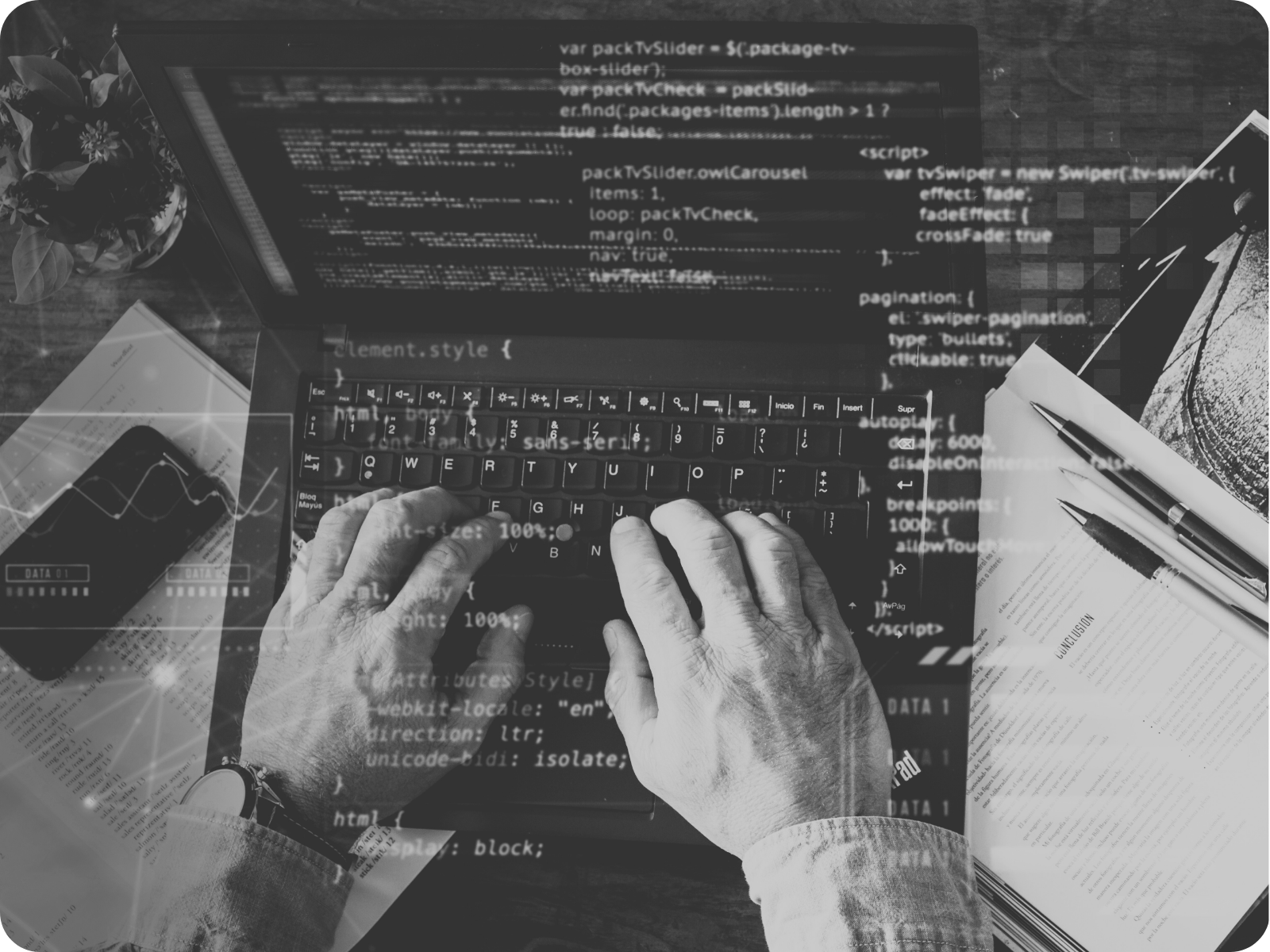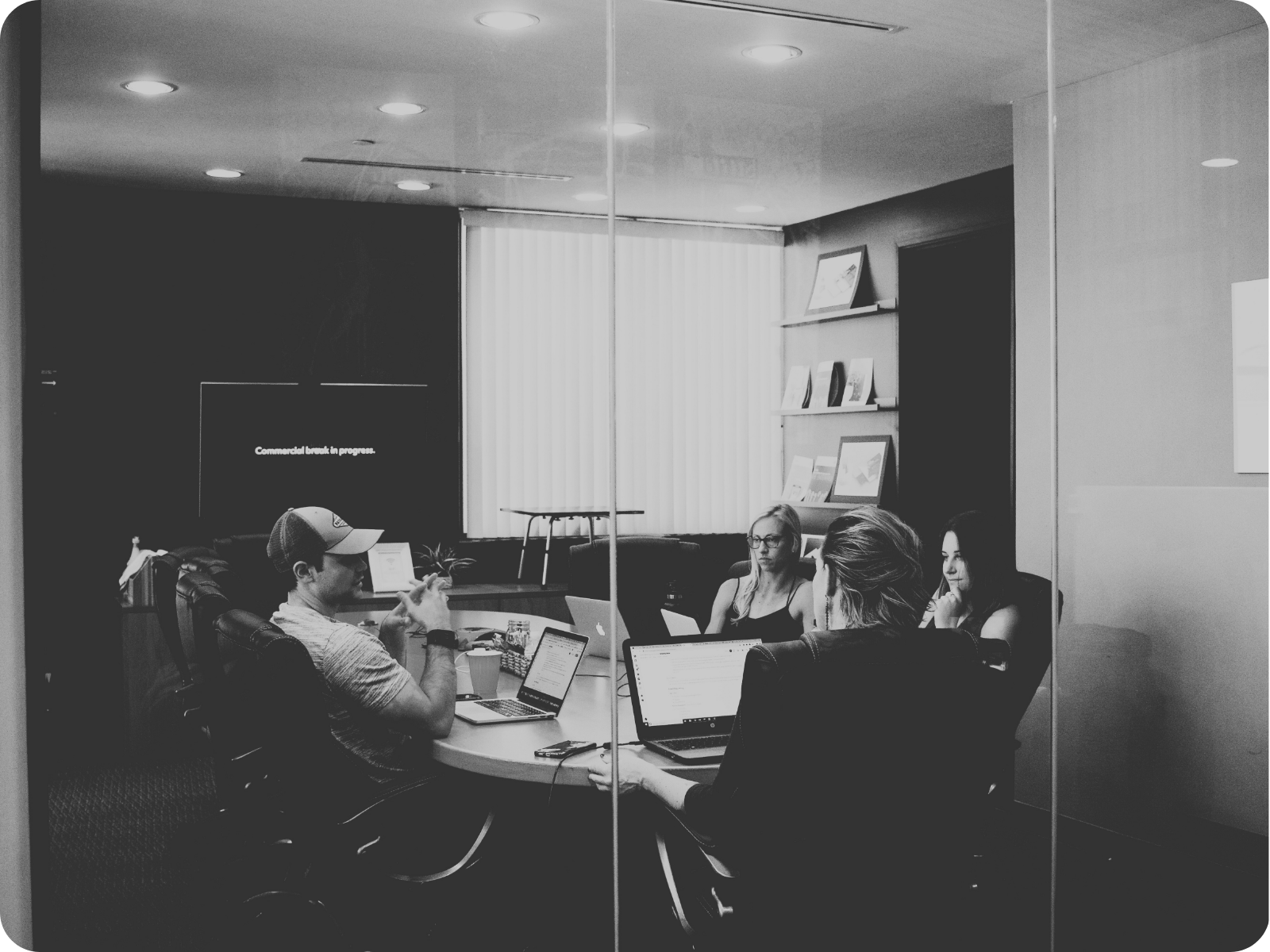In the dynamic world of technology startups, the SaaS model has emerged as a beacon of opportunity, offering scalability and recurring revenue. Understanding the intricacies of SaaS software development is paramount for any startup looking to carve out its niche. This article answers some burning questions on the minds of budding SaaS entrepreneurs.
What is the SaaS Process of Software Development?
The process of developing software specifically for delivery as a Service (SaaS) is called the SaaS Development Lifecycle (SaaSDLC). It builds on traditional software development methodologies but incorporates crucial steps specific to cloud-based, subscription-model software. Here’s a breakdown of the typical stages:
Idea Validation and Planning:
- Clearly define the problem your SaaS solves and who your target audience is.
- Conduct market research to validate demand and identify potential competitors.
- Plan out the features and functionalities of your minimum viable product (MVP).
- Estimate development costs and create a financial plan.
Design (UX/UI):
- Design a user-friendly interface (UI) that is intuitive and easy to navigate for your target users.
- Focus on a positive user experience (UX) that keeps users engaged and coming back.
- Create wireframes and prototypes to test and refine the design.
Development:
- Develop the core functionalities of your SaaS product, likely starting with the MVP.
- Choose a secure and reliable cloud platform to host your application.
- Implement security measures to protect user data.
Testing and Deployment:
- Conduct thorough testing to identify and fix bugs before launch.
- This may involve user acceptance testing (UAT) with real users.
- Deploy your SaaS application to the chosen cloud platform.
Launch and Maintenance:
- Officially launch your SaaS product and start acquiring customers.
- Continuously monitor your application’s performance and address any issues promptly.
- Provide excellent customer support to ensure user satisfaction.
Updates and Scaling:
- Gather user feedback and iterate on your product with new features and improvements.
- Implement a system for automatic updates to deliver new features and bug fixes.
- Scale your cloud infrastructure to accommodate user growth.
What is SaaS in Startups?
For startups, SaaS represents not just a product but a business model. It allows startups to offer software services accessible over the internet, eliminating the need for physical distribution and maintenance. This model provides startups with a swift route to market, the flexibility to adapt quickly, and the ability to scale operations based on demand.
How Do I Grow My SaaS Startup?
Growing a SaaS startup hinges on acquiring and retaining a loyal user base. This involves implementing a strong marketing strategy, building a sales team, and delivering excellent customer service. Additionally, focusing on customer success can drive upsells and cross-sells, thereby increasing the lifetime value of each user.
Customer Acquisition:
- Focus on the Problem: Don’t just talk about your product’s features. Explain how it solves a specific pain point for your target audience.
- Targeted Marketing: Instead of scattershot marketing, identify your ideal customer profile and tailor your marketing efforts to reach them. This could involve social media ads, content marketing, or search engine optimization (SEO) depending on your target audience.
- Experiment with Pricing: Try different pricing models (freemium, tiered subscriptions) to see what resonates with your customers.
Customer Retention:
- Prioritize Customer Support: Provide excellent customer support to ensure a positive user experience and reduce churn.
- Invest in Product Development: Continuously improve your product based on customer feedback. This shows you care about their needs and keeps them engaged.
- Referral Programs: Incentivize existing customers to refer new users through discounts or rewards.
How to Get 1000 SaaS Customers?
Achieving the first 1000 customers is a milestone for any SaaS startup. As said above, this can be accomplished through targeted marketing efforts, such as content marketing, SEO, and leveraging social media platforms. Additionally, developing a referral program and engaging in strategic partnerships can amplify customer acquisition efforts.
What is the Difference Between Software Developer and SaaS?
The key difference lies in the scope of work. A software developer is primarily concerned with the creation and coding of software applications. SaaS, on the other hand, encompasses not only software development but also the business model of delivering this software via the internet on a subscription basis, coupled with customer support, maintenance, and ongoing upgrades.
What is the 3-2-2 Rule of SaaS?
The 3-2-2 rule is a financial framework suggesting that for every $3 of revenue, a SaaS company should spend no more than $2 on delivering the service and $2 on acquiring new customers. This rule serves as a guide for maintaining a healthy balance between growth and profitability.
How Much Money Do You Need to Start a SaaS Business?
The amount of money you need to start a SaaS business can vary greatly depending on several factors, but here’s a breakdown to give you an idea:
- SaaS complexity: There are three main categories:
- Micro SaaS: These are typically focused on one specific task and can be launched with $10,000-$25,000.
- Basic SaaS: These offer more features and require more development, costing $30,000-$50,000.
- Average SaaS: More complex features and functionality can push the cost up to $50,000-$100,000.
- Development approach:
- In-house development with a team of engineers and designers will be the most expensive.
- Outsourcing development to freelancers or agencies can be a more cost-effective option.
- Utilizing low-code/no-code platforms can further reduce development costs if your SaaS concept allows for it.
- Marketing and ongoing costs:
- Factor in marketing expenses to reach your target audience.
- You’ll also have ongoing costs for server space, customer support, and any additional tools your SaaS relies on.
What is the Success Rate of SaaS Startups?
The success rate of SaaS startups can be a bit discouraging at first glance. Here’s the harsh reality:
High Failure Rate: Studies suggest that around 90% of SaaS startups fail within a few years.
However, it’s important to understand what failure means in this context. Not all startups that don’t become billion-dollar companies are complete failures. Here are some reasons why this high failure rate is often quoted:
- Many Startups Don’t Aim for High Growth: Many SaaS founders aim to build a small, profitable business that serves a niche market. These businesses may not achieve explosive growth, but they can still be successful ventures.
- Difficulties Achieving Product-Market Fit: Many startups struggle to find a product that truly resonates with their target market. This can lead to failed businesses or pivots to a completely different product direction.
- Running Out of Funding: SaaS startups often require significant investment to grow. If they can’t secure funding or become profitable quickly enough, they may run out of money and be forced to shut down.
Final Thoughts
Embarking on the SaaS software development journey is both exhilarating and challenging. As the landscape continues to evolve, so too must the strategies of SaaS startups. By embracing a clear development process, understanding the SaaS model in the startup ecosystem, and employing growth tactics, startups can aim for success in this dynamic field. The key takeaway for SaaS entrepreneurs is to remain agile, customer-focused, and innovative.






